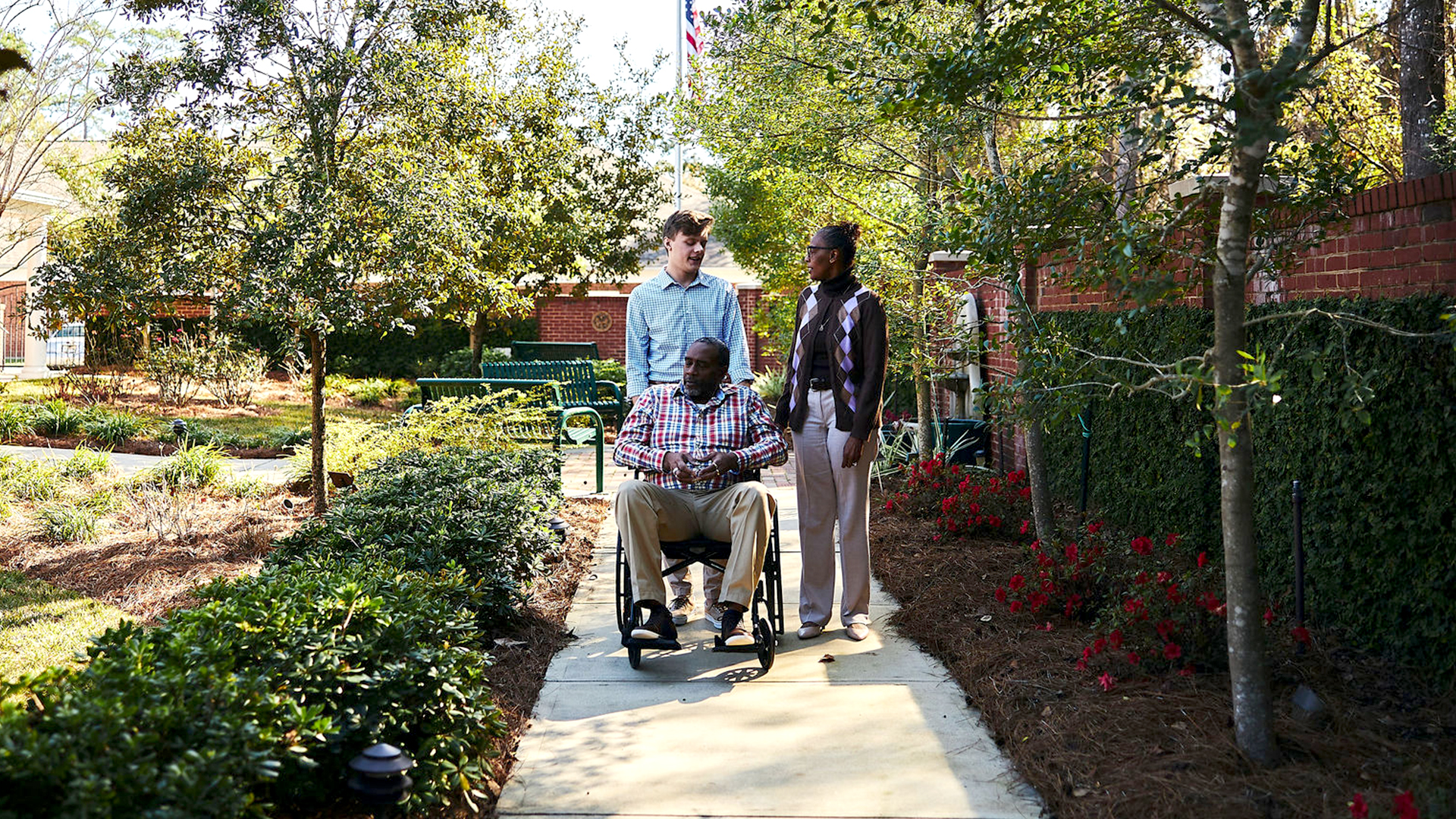
Routine Home Care
This is the most common level of hospice care. Patients generally are stable. Symptoms are adequately controlled, including pain, nausea and vomiting. This level is most common because most people choose for their last moments to be at home. We provide home care wherever a patient calls home – a house, an apartment, a friend’s place. Our hospice physicians, nurses and aides support all levels of care. Patients and families also have access to all our programs at every level of care.

Continuous Home Care
We provide around-the-clock hospice Crisis Care for the management of more acute pain and symptoms when ordered by a physician. We provide a higher level of care where the patient lives, up to 24 hours daily. Our focus is to stabilize the patient and avoid a hospital stay. Crisis Care is for a limited time and is outlined by Medicare guidelines. Once symptoms are managed, patients return to Routine Home Care.
Continuous Home Care
We provide around-the-clock hospice Crisis Care for the management of more acute pain and symptoms when ordered by a physician. We provide a higher level of care where the patient lives, up to 24 hours daily. Our focus is to stabilize the patient and avoid a hospital stay. Crisis Care is for a limited time and is outlined by Medicare guidelines. Once symptoms are managed, patients return to Routine Home Care.


General Inpatient Care
This highest level of care is ordered by a physician when pain or other symptoms cannot be effectively managed at the patient’s place of residence. We focus on comfort care and pain relief. Though general inpatient care is intensive and around-the-clock – with a combination of medical, emotional, and family support – our setting is more relaxed, peaceful, and homelike. At Big Bend Hospice, we achieve this at one of our inpatient care units, either Margaret Z. Dozier House or the First Commerce Center for Compassionate Care at Tallahassee Memorial Hospital. Our care team and hospice physicians will help determine the best location for a patient.

Respite Care
Caregivers, including family and friends, can experience physical and emotional weariness when a loved one chooses to end treatments for their illness or condition at the end of life. Respite Care gives caregivers a temporary, short-term break for up to five days. Big Bend Hospice provides Respite Care at Margaret Z. Dozier House. Once the respite period ends, the patient will be discharged back to their residence. If the respite stay exceeds five days, the patient or representative will be financially responsible for paying for additional respite days.
Respite Care
Caregivers, including family and friends, can experience physical and emotional weariness when a loved one chooses to end treatments for their illness or condition at the end of life. Respite Care gives caregivers a temporary, short-term break for up to five days. Big Bend Hospice provides Respite Care at Margaret Z. Dozier House. Once the respite period ends, the patient will be discharged back to their residence. If the respite stay exceeds five days, the patient or representative will be financially responsible for paying for additional respite days.

